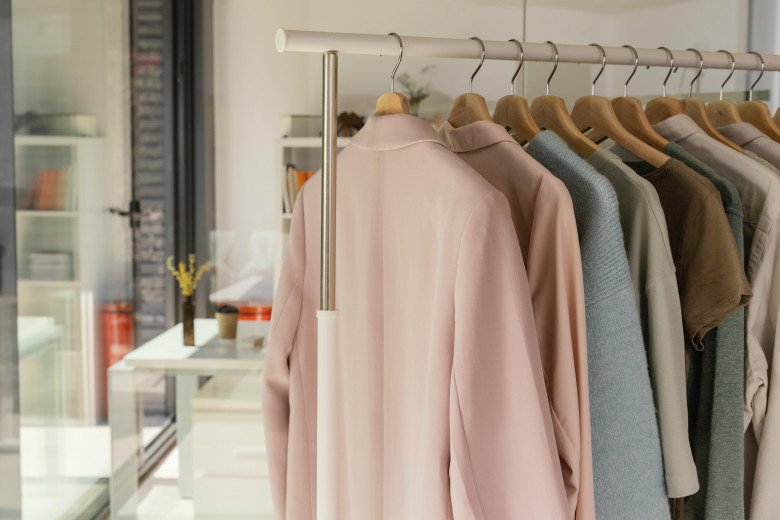views
Sustainable fashion and eco-friendly resources

Commercial fashion has gained quite an ill reputation for being one of the most resource-intensive industries. The unsustainable practices still in play within most industries have had a massive ecological footprint. a
Thus, both businesses and consumers need to understand the role of sustainable fashion and why it is essential.
Natural resource conservation
In 2015, the sustainable fashion industry found that 97% of the constituents in new clothes productions use new resources, while only 3% constitute recycled materials. It takes 2720 liters of water to produce one cotton shirt, while jeans cost 7000 liters of water/pair.
Cumulatively, this builds up a new resource input of 98 million tons per year. This includes oil for synthetic fibers, chemical fertilizers for growing cotton, artificial dyes, etc.
Fashion produced from less resource-intensive fibers like hemp and organic cotton reduces water consumption by 91%. They are biodegradable and recyclable too.
Carbon footprint reduction
The global fashion industry is responsible for various greenhouse gases, thereby contributing to global warming. Fashion business houses produce and sell petroleum-based polyester, nylon, and acrylic clothes.
Natural and recycled fibers require little chemical treatment, water for processing and irrigation, and fertilizers and pesticides for fiber production. Linen, hemp, and organic cotton are preferred clothing choices since they are biodegradable.
Safe & ethical working conditions
Minimum wages, psychologically toxic working conditions, and unacceptable health & safety conditions are a few evils that still plague the fashion industry. But the most significant malpractice prevalent is that UNICEF reports about 170 million children are in the industry.
Sustainable clothing brands promote eco-ethical practices. They only receive their certification as an ethical brand, if they pass humane working conditions, workplace healthcare, and fair working wage diktats.
Save animal lives
Authentic leather is sourced from bred-for-material slaughterhouses than meat industry by-products. In the name of fashion, a whopping 430 million animals are slaughtered every year.
Cruelty-free, recyclable, plant-based alternatives and bio-fabricated fabrics can help save animal lives, repurpose waste from other industries, and provide a sustainable fashion resource.
Sustainable fashion and eco-friendly resources
The fast fashion industry uses 8000 synthetic chemicals to dye, bleach, and process garments. Prolonged exposure to such chemicals is harmful to customers and unsafe for production workers.
Sustainable fashion by VCI Exports
GOTS-certified sustainable clothing brands such as India’s VCI Exports only manufacture and wholesale fashion produced from organic alternatives. If you are looking for sustainable fashion clothes, you are in for a treat with VCI’s eco-friendly clothing range.
VCI Exports are leading clothing manufacturers of 100% Organic, high-fashion women & kids apparel. Get in touch with wholesale clothing suppliers today!
Explore Sustainable Fabrics online.












Facebook Conversations